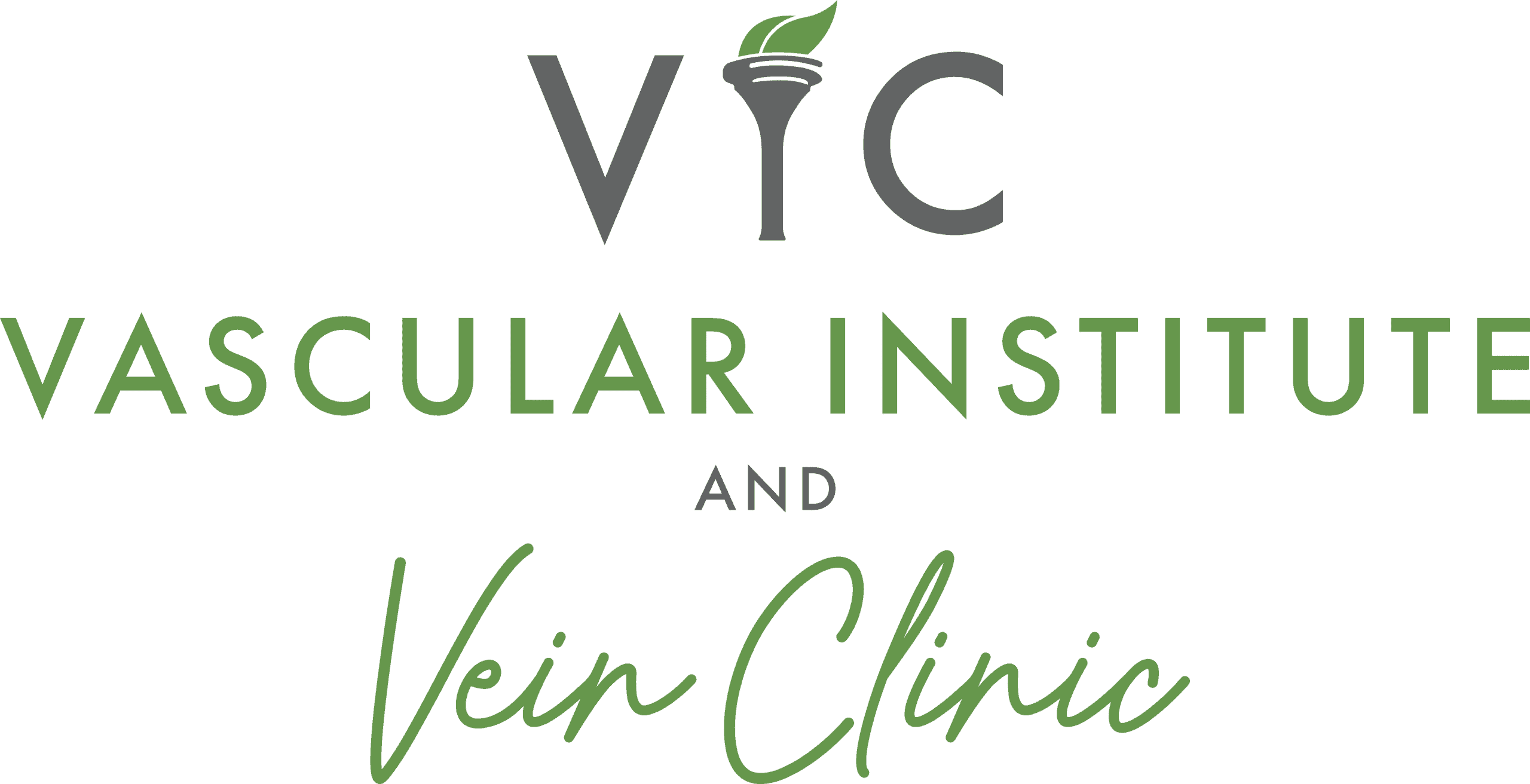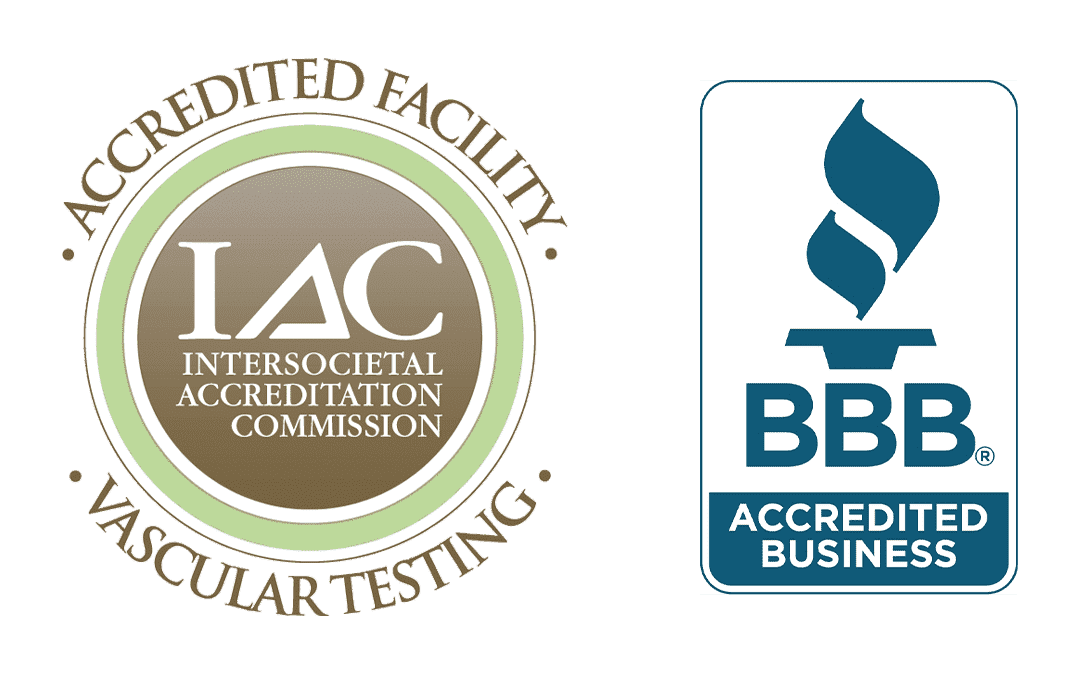|
|
A stroke is a serious medical emergency that can leave a person paralyzed or debilitated for life. When a stroke occurs, it is usually an indication of a problem with the blood vessels that supply the brain. One common cause of stroke is blockage of the carotid artery, the main blood vessel in the neck that supplies the brain with oxygen and nutrients. Carotid stenting is a procedure used to open up a blocked or narrowed carotid artery and prevent a stroke. In this blog, we’ll discuss what carotid stenting is, when it is used, and what you can do daily to minimize your risk of developing carotid artery blockages.
What is the Carotid Artery
The carotid artery is a large blood vessel in the neck that supplies oxygen and nutrients to the brain. When the carotid artery becomes narrowed or blocked due to the buildup of fatty deposits, it can cause a stroke. A stroke occurs when blood flow to a part of the brain is interrupted by a clot, a bleed, or a narrowing of the blood vessels. A carotid stent is a small metal mesh tube inserted into the carotid artery to hold it open and prevent a stroke.
What is Carotid Stenting
Carotid stenting is typically used to treat carotid artery disease, caused by the buildup of fatty deposits, called plaques, on the inner walls of the artery. Plaques can narrow or block the carotid artery, reducing blood flow to the brain and increasing the stroke risk. Carotid stenting is also used to treat carotid artery aneurysms, bulges, or weak spots in the artery that can burst and cause a stroke. Carotid stenting is usually performed in patients with severe carotid artery disease or at high risk for surgery.
Main Causes
The leading causes of carotid artery disease are high blood pressure, smoking, age, diabetes, and high cholesterol. A family history of stroke or heart disease can also increase your risk. A healthy lifestyle that includes regular exercise, a balanced diet, and not smoking can help reduce your risk of developing carotid artery disease. Managing underlying health conditions like high blood pressure, diabetes, and high cholesterol can also help prevent carotid artery disease.
Treatment
Before carotid stenting, your doctor will likely perform a series of tests to determine the extent of your blockage and whether you are a good candidate for the procedure. These tests may include a physical exam, blood tests, imaging tests and a carotid angiogram. During the procedure, you will be awake but comfortable and your doctor will insert the stent into your carotid artery through a small incision in the groin. Recovery time varies depending on the individual, but most patients can return to normal activities within a few days after the procedure.
Carotid stenting is a safe and effective way to prevent stroke in patients with carotid artery disease. While there is no guaranteed way to prevent carotid artery disease, making healthy lifestyle choices can help reduce your risk. By controlling your blood pressure, managing your diabetes and cholesterol, exercising regularly, and not smoking, you can help prevent your risk of developing carotid artery disease. If you have any concerns about your risk of stroke, talk to your doctor about the best options for you.








